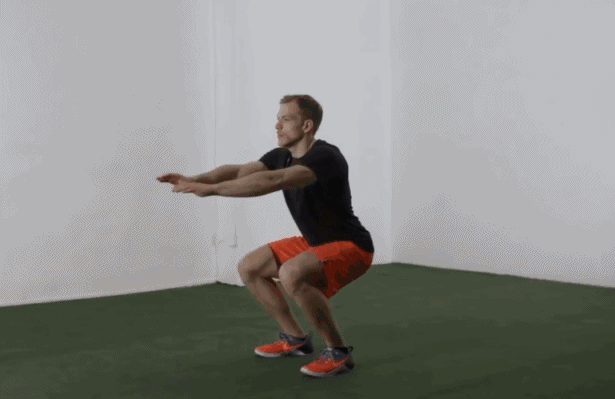The relationship between squat and knee injury
Squats of different amplitudes will exercise different muscles. Standard squats can exercise all the muscles of the lower body. When the squat moves to the lowest point, the back of the thigh will be close to the calf, and your body will no longer be able to lower. At this time, you need to work together with your thighs and knees to push your body up until your legs are completely straight. No matter how small the motion range is, it is not considered "full range".
Some people think that squatting directly to the lowest point is not good for the knees, but this is not the case. 50 weight exercise exercises with bare hands
Squatting is only detrimental to your knees if you have problems in advance. And most of the time, squats can even help alleviate knee problems. If the tendons of the knee joint are not adapted to the lower position, they may be sprained. However, if you practice carefully step by step, step by step, your knees will become strong enough to practice standard squats. Lean forward while squatting, but don't lean forward too much. Because this will overwork the hips and ignore the thighs. Leaning forward is necessary, but don't develop the habit of hunching forward. ·When you squat to the lowest point, you are actually "sitting." Please ask yourself according to the standard of "sitting" instead of asking yourself according to the standard of "squatting". Sometimes this will help the trainer to drop lower, because it will help correct the hip posture-avoiding butt pushing back. ·The lowest position is the most difficult part of the squat to control-this is true for almost all exercises, but the squat is especially true. Although the difficulty is very high-it is especially difficult to do single-leg squats, but you must not squat quickly in squats and then directly "rebound" (by inertia) to stand up, which will seriously damage the cartilage in the knee joint. You should slowly increase the strength of your tendons through the exercises of the first few styles. ·Persevere at the lowest point of the action for 1 second, as in Six Arts—this is an excellent way to avoid dangerous rebound movements.
